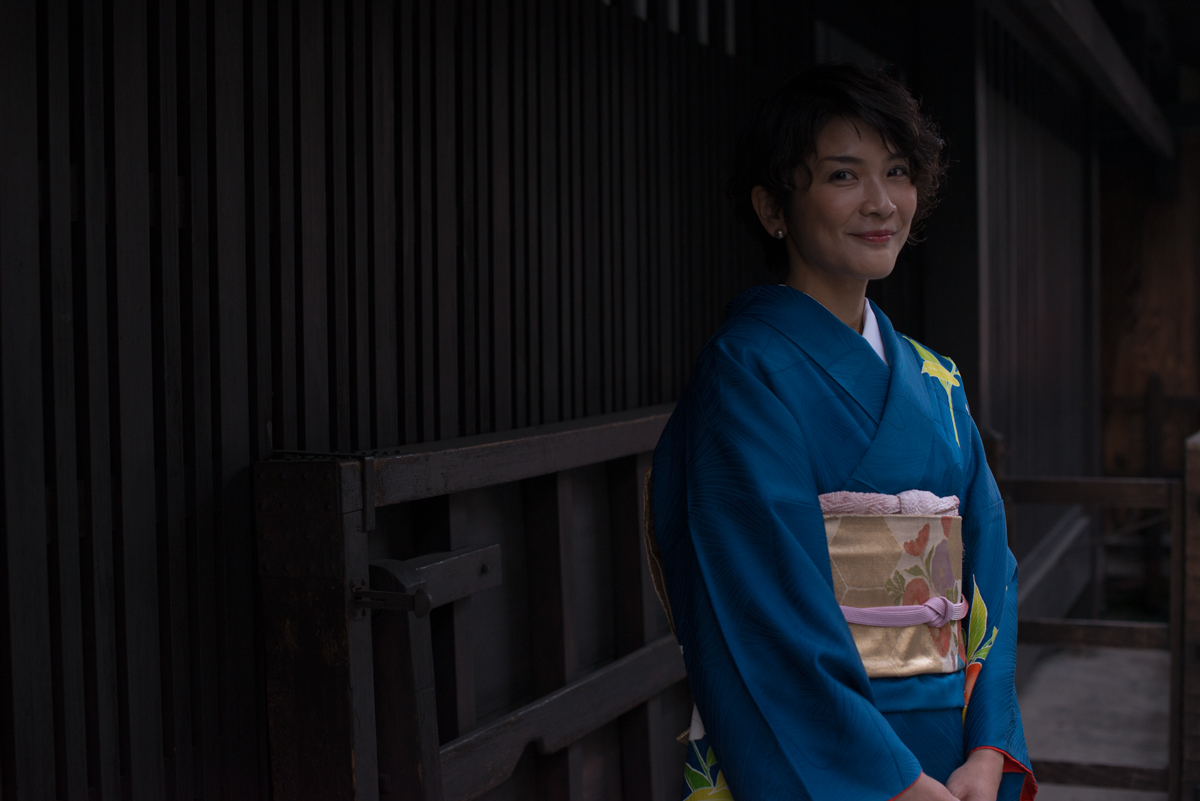At Asia Art Tours we are proud to introduce you to Sachiko Matsuyama, the founder of monomo. Sachiko specializes in Kogei, Japanese Crafts. Asia Art tours interview with Sachiko is below.
- Please tell us about your background. How did you become involved in the Japanese Craft Scene?
It must sound surprising that there was no Japanese word for art before Meiji period (1869-1912). It does not mean that the Japanese did not have the art. Of course, there were paintings, sculptures, and many other forms of art. But we did not need the word for them. The reason is simple. It was just there like air in everyday life of people. It was there as forms of appreciation to spirits in the nature all around us, of relation to the season we are in, and of setting up our own living. It came to be called ‘art’ later when referred with Western concepts.
It was eye-dropping experience for me to know the nearness of art in ancient Japanese people. And then when I looked around craft items in everyday life, I realized that craft is like a mirror of culture. It reflects people’s view of life and death, values, relationship of humans to the nature, society and community, and lifestyle.

- Can you describe the differences between Japanese Arts and Japanese Crafts?
Mingei Movement lead by Yanagi Sōetsu in 1920s was a movement in which beauty in crafts made by anonymous artisans was as spiritually regarded as beauty in the Western definition of art. In Japan, art and craft are equally valued, and both are done by both professionals and amateurs.
What is interesting is that art and craft are traditionally not only equally valued, but also inseparable. Paintings are presented using papers and textiles in the form of kakejiku (hanging scrolls), or fusuma (sliding doors), or byobu (standing panels). Those are accommodated in interior designs and have certain functions in traditional Japanese architecture and lifestyle.
So I would not particularly point out the differences between Japanese Arts and Japanese Crafts.
- What philosophical values do you see in traditional Japanese Crafts that are important or useful in the modern world? What can they teach us?
Values in Crafts should be universal, wherever they are made, whenever they are born. I see Crafts as a mirror of Culture. They reflect relationship between humans and nature, social structure, eco-system, spirituality, views of values, and views of life. For example, let’s say you look at one silk textile with motifs of pine tree.
There are artisans who take various part of jobs to create one textile: a cocoon farmer, a yarn spinner, a weaver, a base dyer, a pattern designer, a pattern dyer, a needleperson. We must not forget about a shuttle maker, a loom maker, a bobbin maker, etc, and they have formed a well-functioned community to create textiles in history, and no one should not be missed to maintain the eco-system of this type of crafts. We need to think about preserving water and climate that allows dyeing and cocoon production. Pine tree motif symbolizes long life since it’s always green. Pine is also considered as one of objects on which a divine spirit is drawn. In ancient era, clothing was the most direct material that influence conditions of human body. Clothing was considered as a medicine! Colors for dyeing came from medical herb and are picked according to humans wish for their own health. Humans appreciated cocoons and herbs for their lives that maintain our well-being.
Knowing such circumstances should be just eye-opening!


